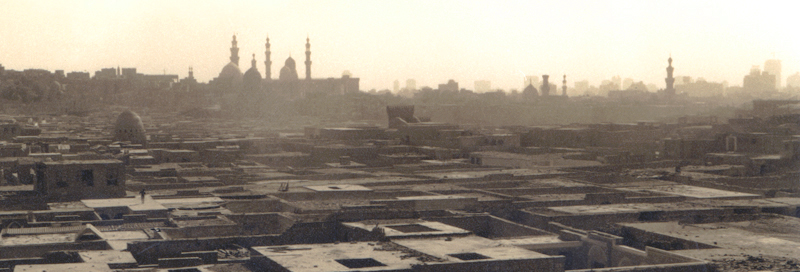Karim Elgendy
Two weeks ago, The English version of a leading Egyptian daily published an opinion piece on entitled “Our local ‘green’ agenda.” In his article, the author made a number of intriguing arguments that suggest that Egypt has a unique environmental agenda and a set of sustainability priorities that are different from the predominant global ones. He also suggests that imported ‘green’ concepts fail to take into consideration ingrained conservationist behaviors that already exist in Egypt.
While I agree that each country must develop a local approach to sustainability which responds to its specific socio-economic and environmental needs, I found many of the author’s arguments to lack sufficient context, and was therefore concerned that the article could potentially result in an inaccurate representation of the state of sustainability in Egypt.

Cairo's Old City. Copyrights: Karim Elgendy
